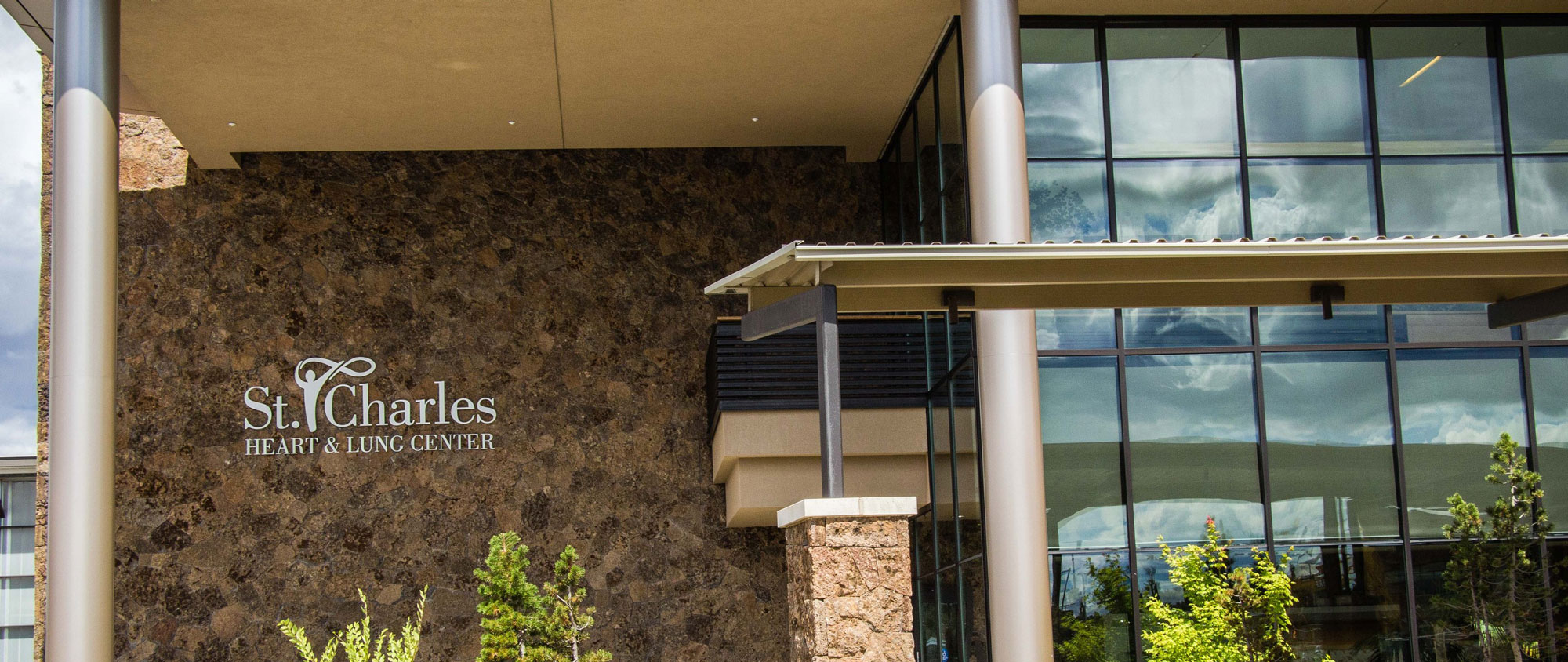When asthma, bronchitis, chronic obstructive pulmonary disease (COPD), pneumonia, emphysema, cystic fibrosis (CF), muscular dystrophy or other neuromuscular disorders compromise your ability to breathe freely, it’s essential to have access to medical professionals who can keep your airways clear and lungs functioning to their maximum capacity. Pulmonary lung hygiene, or chest physical therapy, is a medical term used to define the types of treatments used in many settings — at home and in places like critical care units or hospitals — to help your lungs and body receive more oxygen and promote peak respiratory health.
St. Charles Respiratory Care pulmonologists and advanced practice professionals work with respiratory and physical therapists to prevent the buildup of phlegm and mucus secretions from lungs that can lead to acute respiratory failure, pneumonia and, in some cases, suffocation. Many patients who need pulmonary lung hygiene may end up being admitted to our intensive care unit (ICU). Suctioning, nebulizers and expectorant drugs are other treatments used in addition to the therapy procedures that can vary from patient to patient.
Treating respiratory failure
Following a thorough evaluation of each patient’s current condition, the pulmonary critical care team utilizes physical or respiratory therapists to help patients with impaired pulmonary function through a variety of chest PT procedures. These include:
- Coughing several times each day to break up lung secretions so that mucus can be suctioned or spit out.
- Turning from one side to the other and, when necessary, elevating the head of the bed to promote mucus drainage.
- Deep breathing while sitting up, which allows lungs to expand and forces air into all areas.
- Postural draining in which the patient goes into a head/chest down position so that gravity can drain lung secretions into the airway, where they are suctioned out or coughed up.
- Percussion (also called cupping or clapping) through rhythmic striking of the chest wall with cupped hands on each portion of the lungs in order to break up thick secretions.
- Vibration can use mechanical or manual means to break up lung secretions, and involves placing the hands against a person’s chest and creating quick vibrations through contracting and relaxing the shoulder and arm muscles while the person breathes deeply and exhales.
St. Charles Health System offers a cardiopulmonary rehabilitation program for patients with COPD, including emphysema and chronic bronchitis. Call 541-706-2696 for further information. If you’d like additional details about our respiratory care program, call 541-706-5860.
The comprehensive respiratory care services at St. Charles Bend in Oregon include a staff that is known for its excellence in evaluating, treating and caring for patients who experience a variety of respiratory disorders.

